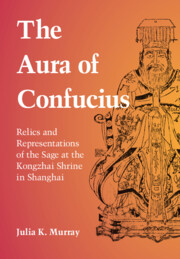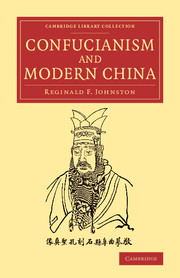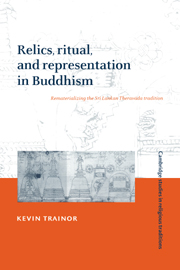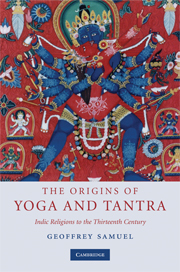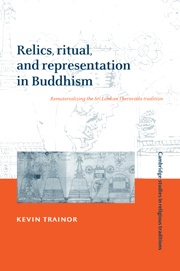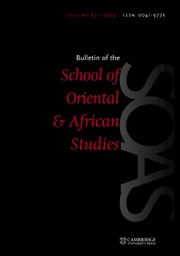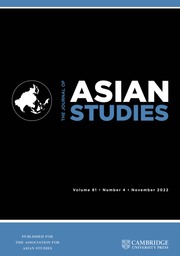The Aura of Confucius
The Aura of Confucius is a ground-breaking study that reconstructs the remarkable history of Kongzhai, a shrine founded on the belief that Confucius' descendants buried the sage's robe and cap a millennium after his death and far from his home in Qufu, Shandong. Improbably located on the outskirts of modern Shanghai, Kongzhai featured architecture, visual images, and physical artifacts that created a 'Little Queli,' a surrogate for the temple, cemetery, and Kong descendants' mansion in Qufu. Centered on the Tomb of the Robe and Cap, with a Sage Hall noteworthy for displaying sculptural icons and not just inscribed tablets, Kongzhai attracted scholarly pilgrims who came to experience Confucius's beneficent aura. Although Kongzhai gained recognition from the Kangxi emperor, its fortunes declined with modernization, and it was finally destroyed during the Cultural Revolution. Unlike other sites, Kongzhai has not been rebuilt and its history is officially forgotten, despite the Confucian revival in contemporary China.
- Critically analyzes documentary and visual evidence from over 700 years to recover the history of a remarkable shrine from its contemporary oblivion
- Offers new material for understanding Confucian religious expression and the veneration of Confucius himself through physical artifacts and visual images
- Shows how Kongzhai itself emerged as a 'representation' that influenced both the reputation and survival of the physical site
Reviews & endorsements
‘Students of Chinese Buddhism have over recent years written pages upon pages about the movement of relics and the creation of new sacred sites, so the news that these phenomena may now be traced within the Confucian tradition too is exciting indeed. Even more intriguing is the revelation that for all the attention now paid once more to Confucius in China, the site at the heart of this startlingly original study has been abandoned. Is it time for a more nuanced view of Confucianism and modernity?’ T. H. Barrett, (Professor Emeritus, SOAS, University of London), author of The Woman Who Discovered Printing
‘Sima Qian, China's greatest historian (ca. 100 BCE), praised Mencius and Xunzi for making Confucius's Middle Way 'glossy and appealing,' and Julia K. Murray, in multiple books and essays, has performed the same service for today's readers. The Aura of Confucius, her latest contribution, transports us to late Qing and Republican-era Shanghai, where Kongzhai attracted devotees of all types, from emperors on down to humble pilgrims, and then to the start of the Cultural Revolution (1966), when fanatics demolished the shrine in Mao's name. Mirroring China's abrupt twists and turns of late since the Opium War, this elegant history of a sacred shrine is sure to delight and intrigue amateurs and experts alike.’ Michael Nylan, (Professor, University of California at Berkeley), co-author of Lives of Confucius, editor of the Norton Critical Edition of the Analects
‘Murray concludes her search for the historical and physical remains of a now little-known shrine called Kongzhai, which housed relics and images of Confucius. Located on the outskirts of modern-day Shanghai far from Confucius’s birthplace in north China, Kongzhai once stood as a major pilgrimage destination for those in search of encountering the Master’s aura through proximity to his relics and representational images of him. In its heyday, Kongzhai was under the administration of a hereditary branch of Confucius’s direct descendants and visited by the Emperor of China. Kongzhai suffered gradual decay during the twentieth century and was utterly obliterated during the tumultuous years of the Cultural Revolution. No mere chronicle of historical events, The Aura of Confucius is a sweeping visual history of images and relics associated with the Master written by one of the foremost authorities on the material culture of Confucius and cult veneration of him.’ Thomas Wilson, (Bates and Benjamin Professor of Classical and Religious Studies, Hamilton College), author of Genealogy of the Way and co-author of Lives of Confucius
‘In this compelling work, Murray tracks the development of the Kongzhai shrine over time through her focus on the site’s buried relics, sculpted images, painted portraits, and illustrated biographies. Murray’s exceptional book joins other efforts to revise some of the long-held outmoded views about Confucianism as a non-religious ethical system that had allegedly replaced its icons and images with ancestor tablets in the 16th century. The history of the Kongzhai provides a particularly valuable window that has allowed Murray to reveal the religious aspects of the Confucius cult that others have had a vested interest in dismissing, forgetting, or destroying.’ James Robson, (James C. Kralik and Yunli Lou Professor and Director of the Asia Center, Harvard University), author of The Power of Place: The Religious Landscape of the Southern Sacred Peak (Nanyue) in Medieval China
‘Julia Murray is among our most accomplished historians of Chinese art. In this unique study Murray deploys a vast interdisciplinary knowledge of Confucian art, ritual, scripture, and material culture to unlock the mysteries of Kongzhai, and to explore the beliefs that helped the shrine flourish and then fade into obscurity.’ James A. Flath, Professor of History, Western University
‘Julia Murray has provided an outstandingly rich and thought-provoking account, which will be of enduring value.’ Craig Clunas, Journal of Chinese History
'The Aura of Confucius is a model study of a single place and its sources, treated in depth and breadth. It brings fresh detail to the social history of the Lower Yangtze region and usefully expands the boundaries of conventional art history.' Susan Naquin, Journal of Oriental Studies
‘Those with an interest in Chinese religion have much to gain from this volume.’ Joseph Chadwin, Religious Studies Review
‘… through scrupulous attention to detail, Murray addresses issues that should be of interest to us all, including the old question of whether Confucianism should be considered a religion or a philosophy; how social, cultural, and material resources can be manipulated to produce something so compelling as Kongzhai; and how easily the numinous site can fade away when those resources disappear.’ James Flath, Journal Of Religious History
Product details
January 2022Adobe eBook Reader
9781009034463
0 pages
This ISBN is for an eBook version which is distributed on our behalf by a third party.
Table of Contents
- Introduction: Veneration of Confucius and Local Prestige
- Part I. Confucius in Qufu and Kongzhai:
- 1. Confucius and His Cults
- 2. Proposing a History of Kongzhai
- 3. Visual Representations of Confucius at Kongzhai
- Part II. The Rhetorical Construction of Kongzhai:
- 4. Early Formulations of Kongzhai's History
- 5. The Emergence and Impact of the Gazetteer of Kongzhai
- 6. Kongzhai in 19th- and 20th- Century Local Gazetteers and Poetry Collections
- 7. The Physical Layout of Kongzhai and its Visual Depictions
- 8. Conclusion.

